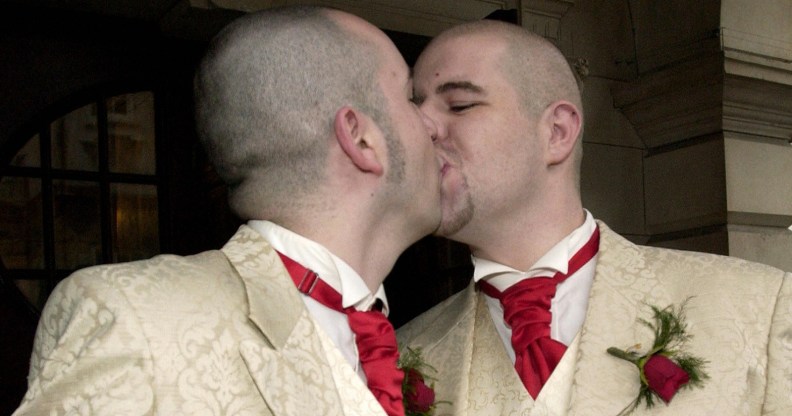Gay and lesbians in the UK mapped for the first time – with surprising results

Britain’s gay and lesbian community has been mapped for the first time by the Office for National Statistics.
The results show that mostly rural Devon has a higher proportion of gay and lesbian people than the county containing Brighton and Hove.
Inner London tops the chart, with 3.1 percent of its population made up of gays and lesbians, followed by Cambridgeshire and Greater Manchester.

In terms of local authorities, Brighton and Hove is in third place, sandwiched between five London areas.
South London boroughs Lambeth and Southwark have the highest percentages of lesbians and gays in Britain, with 5.5 and 5 percent respectively.
Fellow London areas Hackney, Camden, Islington and Haringey are also in the top ten, with Manchester, Cardiff and Bristol making up the list.
The ONS released the figures, collected from January 2013 to December 2015, as part of an experimental research project.
In another surprising discovery, one-third more 50 to 59-year-olds and 35 to 49-year-olds in London self-identified as gay or lesbian than their 16 to 34-year-old counterparts.
35 to 49-year-olds in the South East were also around one-third more likely than Millennials to identify as gay or lesbian.
In contrast, bisexuals in Britain reflected a wider trend towards LGBT self-acceptance in younger generations, with 16 to 34-year-olds in every region defining as bisexual in a higher proportion than older age groups.
Millennials in the South East were most likely to identify as bi, with 1.2 percent of people doing so.
Six times more males identified themselves as homosexual in London than females.
However, more females than males said they were bisexual in every region in England, as well as Wales and Northern Ireland.

The proportion of bisexual females in Northern Ireland was twice as large as in England, the next highest, though the margin of error was large for Northern Ireland.
Staffordshire, Northamptonshire and North Yorkshire were the counties with the lowest proportion of gay and lesbian people, with 0.4 percent apiece.
However, the ONS reported that four counties – Buckinghamshire, Cumbria, Lincolnshire and Suffolk – “did not have estimates that were based on sample sizes considered robust enough for publication.”

